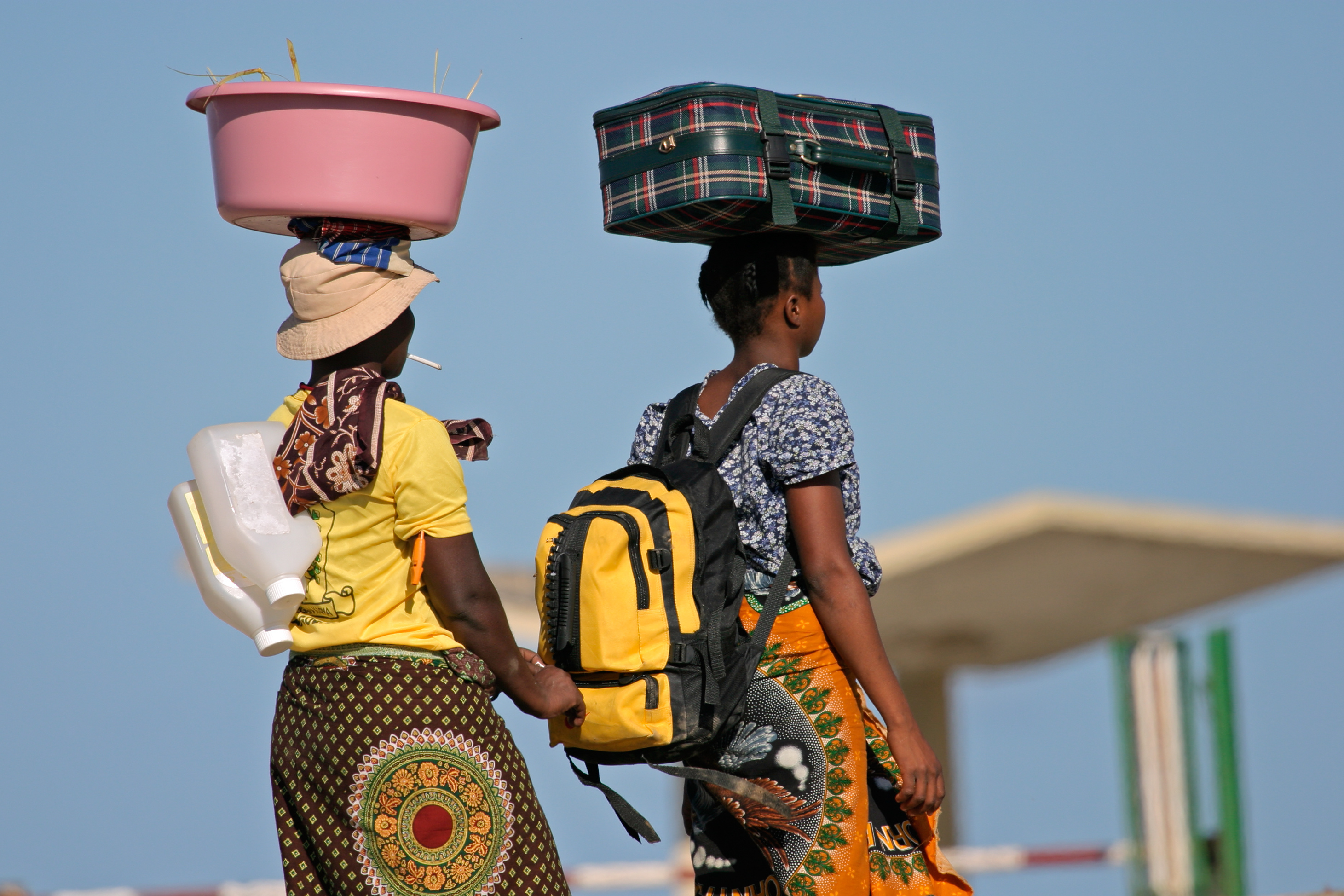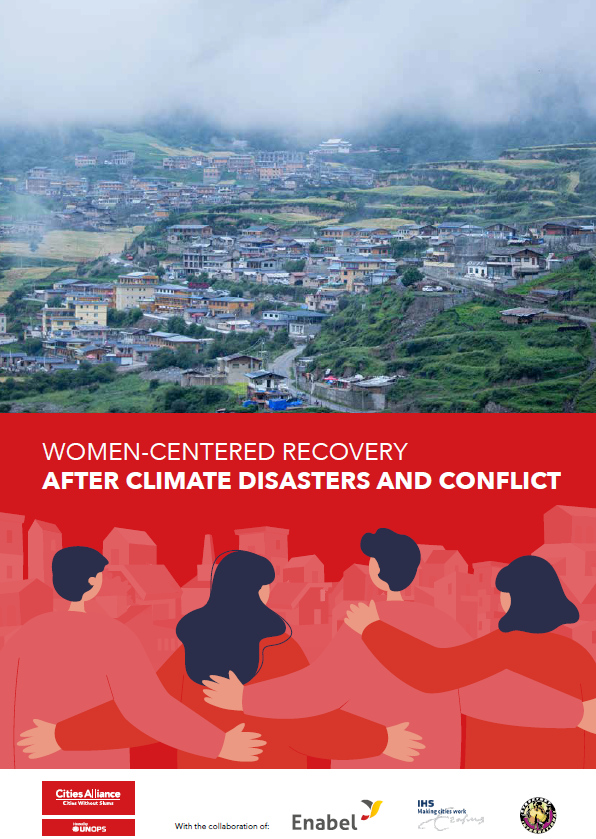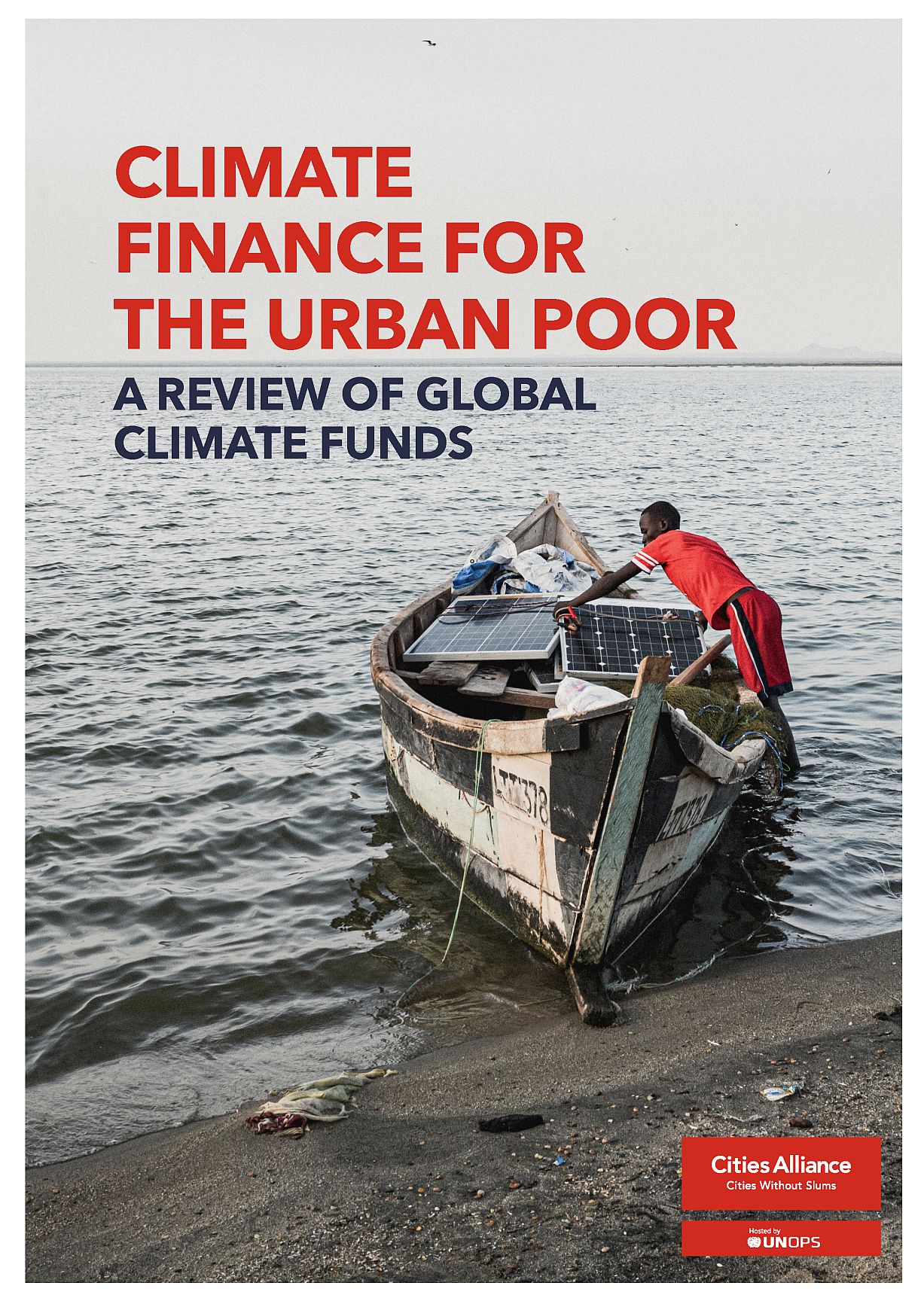- Who We Are
- How We Work
- Regional / Country Initiatives
- Legacy
- Core Themes
- Working Groups
- Portfolio & Results
- Newsroom
- Resources
Report : Crisis Recovery That Puts Women at Center

Developed with the collaboration of Enabel, IHS Rotterdam and Streetnet International, Cities Alliance's new report explains why crises recovery efforts must center women. It presents concrete strategies to address gendered vulnerabilities, promote inclusive planning, and ensure women’s leadership in building resilient, peaceful communities.

As climate disasters, violent conflicts and wars are growing in scale and frequency, recovery efforts must become more inclusive, just, and effective. Gender-blind and traditional top-down recovery approaches often ignore the specific needs of women and marginalised groups, reinforcing existing inequalities, weakening social cohesion, and reducing community resilience.
The report Women-Centred Recovery After Climate Disasters and Conflict calls for a transformative shift: putting women at the centre of recovery efforts. It offers clear, actionable strategies and practical tools to build a recovery model that is more just, effective and sustainable. Authored by Cities Alliance, the report was developed in collaboration with Enabel, IHS Rotterdam and Streetnet International.
The intersection of Climate, Conflict and Gender
Women and marginalised groups face overlapping risks during and after crises. Climate disasters like floods and droughts increasingly intersect with violent conflict, displacement, and urban fragility. These crises intensify existing gender inequalities, pushing women to the margins of decision-making and resource access. The report identifies key challenges of women during and after crises, including:
- Limited access to information and decision-making: During crises, women often have less access to early warnings and emergency information due to social and cultural constraints. This not only increases their risk but also contributes to higher mortality rates. Recovery processes frequently sideline women’s voices, resulting in plans that ignore their specific needs and realities.
- Economic insecurity: Women’s livelihoods are more likely to be informal and precarious, leaving them disproportionately affected by crises. After a disaster, their limited access to formal credit, land ownership, and financial services makes it harder for them to recover economically or rebuild sustainable businesses.
- Lack of services: Recovery plans often overlook critical services vital to women's health and safety, like reproductive healthcare, mental health support, and sanitation facilities designed for women and girls.
- Increased exposure to gender-based violence and exploitation: Overcrowded shelters, lack of privacy, and the breakdown of protective systems during displacement create dangerous environments where women and girls are more vulnerable to harassment and gender-based violence.
Vulnerable women, especially the elderly, rely on informal markets to survive. But with bombings targeting marketplaces and inflation making goods harder to sell, they are at greater risk.
Oksana Abboud, Street-Net International
Strategies and tools for gender-sensitive recovery
The report lays out a clear, practical roadmap for gender-sensitive recovery. At its heart are three interlinked strategies that call for a shift in how we prepare for crises, how we lead during recovery, and how we rebuild afterwards. Together, these strategies are not just about addressing immediate needs. They aim to shift power, change systems, and promote long-term resilience for all:
First, it begins before disaster strikes.
Too often, recovery planning starts too late, and women’s voices are left out. It is important to integrate gender considerations in pre-crisis planning. This means involving women and grassroots organisations early on, in everything from risk assessments to emergency planning and budgeting.
Second, recovery must be led by those most affected.
Women are not just victims of crises - they are first responders, caregivers, and community leaders. They must be recognised as key actors in recovery. This requires creating formal mechanisms that guarantee their participation, funding women-led organisations, and investing in leadership training.
Third, we must rebuild differently.
Post-disaster infrastructure can either reinforce old vulnerabilities or become a foundation for safety and dignity. Governments and aid actors must design shelters, public spaces, and services with women in mind. Including women in the design and reconstruction process ensures that the rebuilt environment meets their actual needs—and not just assumed ones.
Further, practical tools, such as gender analysis and embedding gender considerations across all sectors, are needed to turn gender-sensitive recovery strategies into action. True inclusion means removing barriers to women’s participation, building capacity for inclusive practices at all levels, and continuously measuring progress through gender-sensitive indicators to ensure accountability and lasting impact.

Toward an inclusive and resilient recovery
Recovery is not solely a technical process of rebuilding infrastructure - it is a social and political opportunity to address systemic inequities and strengthen community resilience. It demonstrates that excluding women and marginalised groups from recovery planning not only perpetuates injustice but also compromises the effectiveness and sustainability of recovery efforts.
With this report, Cities Alliance and its partners call for recovery efforts that meet the complex challenges of today's climate and conflict-driven crises, and that do not simply restore the pre-crisis status quo, but instead serve as a pathway to greater equity, stability and long-term resilience for all. Central to this is the intentional inclusion of women and other marginalised groups. By accounting for inclusive planning, equitable service provision, and support for women’s leadership, these efforts can become a catalyst for long-term transformation.


